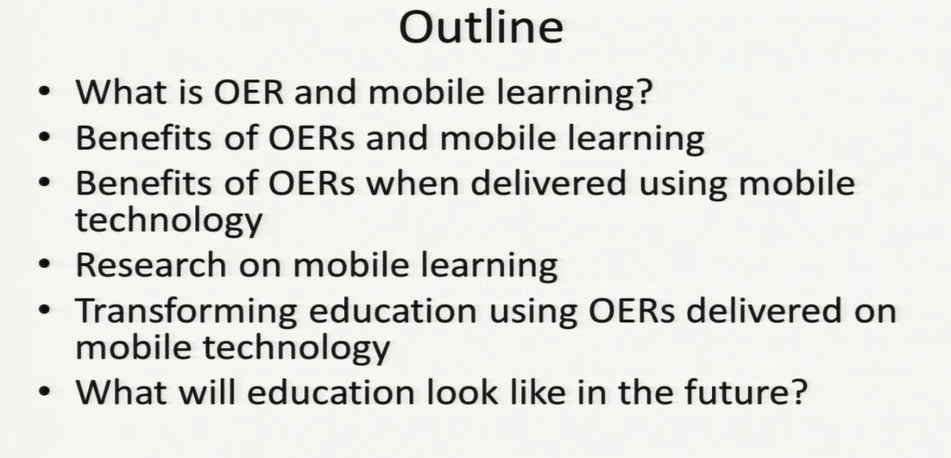The purpose of this case study was to determine which, if any, alternative in delivering baccalaureate programs in the state of Florida was the most cost-effective one. This exploratory study focused on gaining an understanding of the cost effectiven...
http://chineseinput.net/에서 pinyin(병음)방식으로 중국어를 변환할 수 있습니다.
변환된 중국어를 복사하여 사용하시면 됩니다.
- 中文 을 입력하시려면 zhongwen을 입력하시고 space를누르시면됩니다.
- 北京 을 입력하시려면 beijing을 입력하시고 space를 누르시면 됩니다.
A cost-effectiveness analysis of two community college baccalaureate programs in Florida: An exploratory study.
한글로보기https://www.riss.kr/link?id=T12298330
- 저자
-
발행사항
[S.l.]: Florida Atlantic University 2008
-
학위논문사항
-
-
발행연도
-
-
작성언어
영어
- 주제어
-
0
상세조회 -
0
다운로드
부가정보
다국어 초록 (Multilingual Abstract)
The purpose of this case study was to determine which, if any, alternative in delivering baccalaureate programs in the state of Florida was the most cost-effective one. This exploratory study focused on gaining an understanding of the cost effectiveness of two baccalaureate programs offered at a Florida community college to two like programs at a Florida university using qualitative and quantitative methodologies.
The researcher interviewed five community college and three State Department of Education administrators during the Fall of 2007 and analyzed expenditure and effectiveness data from 2003-04 through 2006-07 to determine the cost effectiveness for the programs at each institution.
The study revealed that the university and community college programs were equally effective as measured by student graduation and test scores. The community college baccalaureate programs were more cost effective, however, using a formula of per-student state funding combined with student cost. The lower per-student funding and student tuition charged resulted in the community college baccalaureate being a less expensive alternative of offering baccalaureate degrees to the state and the students.
Using Henry Levin's ingredients model of measuring cost effectiveness, the quantitative analysis of the study revealed that the university programs were more cost effective in the early years, but the differences diminished over time. Using Levin's model for comparison, the researcher concluded that increased growth in the enrollment of the programs combined with the implementation of effectiveness measures comparable to those of the university would render baccalaureate programs at the community colleges more cost effective.
Conclusions based on the formula of state and student cost were based on factual data, while conclusions based on Levin's ingredients model were based on assumptions and estimates using a weighting factor along with an indirect cost rate for Proxim University. The study identified factors other than the cost effectiveness that could make the community college baccalaureate a more attractive alternative and concluded with recommendations for practice, policy, and future research.
Differences in state and local laws, or economic, geographical, and environmental differences combined with the nature of this exploratory case study limit the generalizability of the results of this study.
분석정보
연관 공개강의(KOCW)
-

Developments in 14-19: Institute of Education
Teachers TV Teachers TV -

Education Policy at the Party Conferences
Teachers TV Teachers TV -

Alcohol Education: Here's What We Want
Teachers TV Teachers TV -

Personal Finance Education: The Money Quiz
Teachers TV Teachers TV -

2014 이러닝 국제 콘퍼런스 : Open Education Resources with Mobile Learning to Transform Education
한국교육학술정보원 Mohamed Ally






